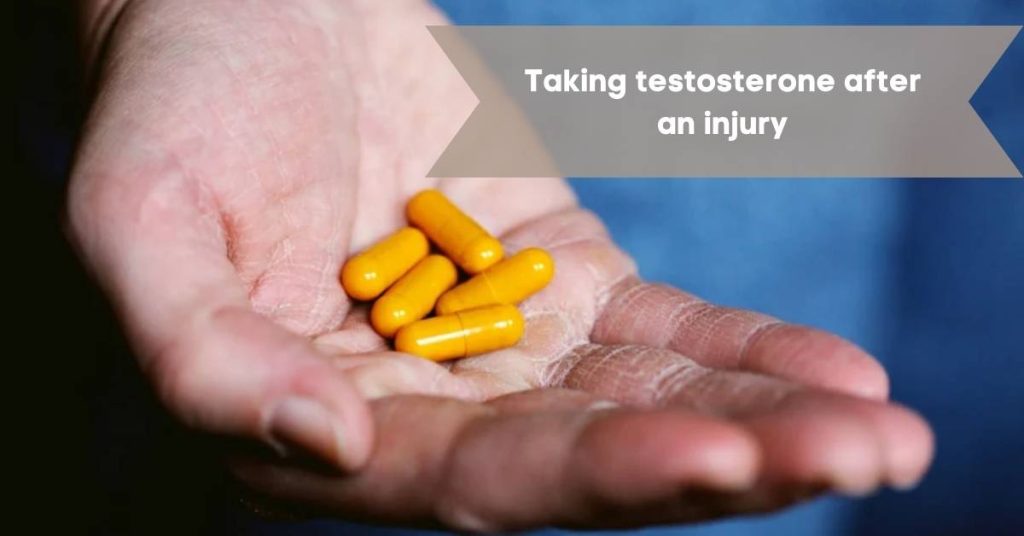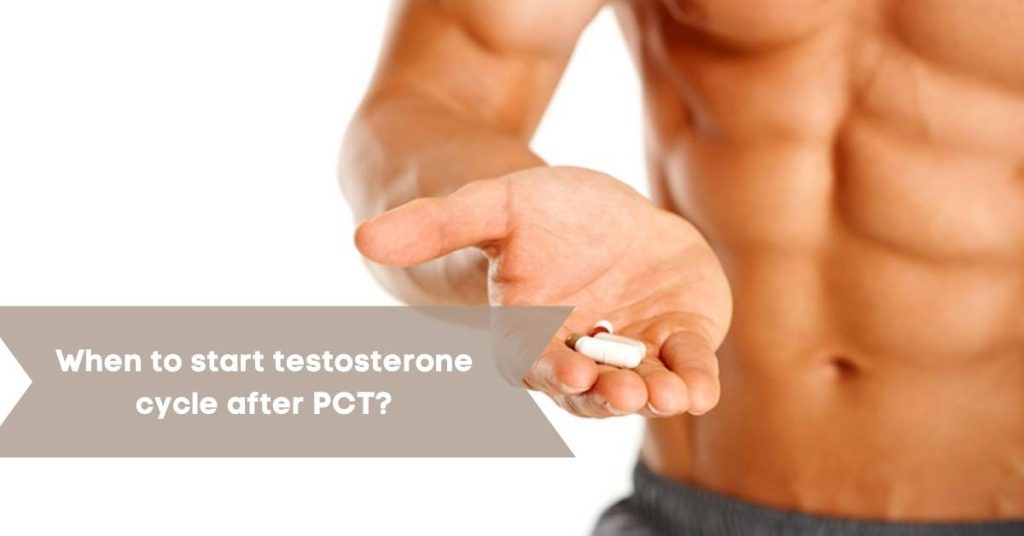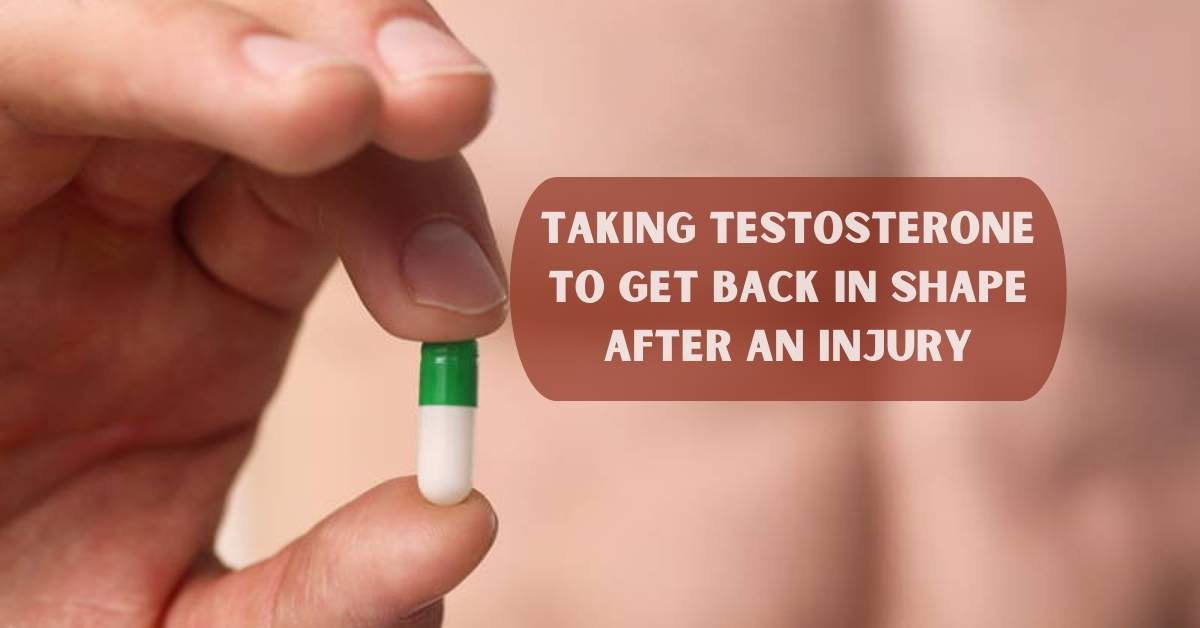What is Testosterone?
Testosterone is a hormone that is produced in the testicles of males and the ovaries of females. It is responsible for the development of male sex characteristics, such as facial hair and a deep voice. Testosterone levels peak during puberty and decline with age. Low testosterone levels can cause problems such as low libido and erectile dysfunction.
Testosterone is a hormone that is produced in the testicles. It is responsible for the development of male sexual characteristics, such as facial hair and a deep voice. Testosterone levels peak during adolescence and early adulthood. After age 30, they begin to decline.
Testosterone is also responsible for aggression and competitiveness. Some people refer to it as the “male hormone.” However, women also produce small amounts of testosterone.
Testosterone is the primary male sex hormone and an anabolic steroid. In men, testosterone plays a key role in the development of male reproductive tissues such as the testes and prostate, as well as promoting secondary sexual characteristics such as increased muscle and bone mass, and the growth of body hair.
In addition to its role in sexual development, testosterone also helps to maintain bone density, muscle strength, and red blood cell production. Testosterone levels typically decline with age, which can lead to some of the age-related health problems that are more common in older men, such as frailty and osteoporosis.
Testosterone is a hormone that is produced in the testicles. It is responsible for the development of male sexual characteristics, such as facial hair and a deep voice. Testosterone levels peak during adolescence and early adulthood. After age 30, they begin to decline.
Low testosterone levels can cause problems such as low sex drive, erectile dysfunction, and reduced muscle mass. Testosterone replacement therapy can help treat these problems.
Testosterone is also responsible for aggression and competitiveness. Some people refer to it as the “male hormone.” However, women also produce small amounts of testosterone.

When to start taking testosterone to get back in shape after injury
Assuming you are a man:
If you have suffered an injury that has caused you to lose muscle mass and strength, testosterone replacement therapy may be able to help you get back in shape. Testosterone is a hormone that helps build muscle and increase strength, so replacing it can help offset the loss of muscle caused by your injury.
Before starting testosterone replacement therapy, it is important to consult with your doctor to ensure that it is safe for you to do so. Once you have been cleared by your doctor, you can begin taking testosterone injections or gels to help boost your levels back up.
If you stick to a regular workout routine while taking testosterone, you should start seeing results within a few weeks. However, it may take longer for some men to see results depending on the extent of their injuries.
Most guys start thinking about taking testosterone when they can’t seem to build muscle no matter how hard they train. But for some men, the question of when to start taking testosterone is more complicated. If you’re coming back from an injury, there are a few things you need to take into account before starting hormone therapy.
First, you need to make sure that your injury has healed completely and that you’re cleared by your doctor to start training again. Once you’re given the green light, ease back into your workout routine slowly. Overdoing it too soon can set you back and delay your recovery even further.
Second, keep in mind that testosterone can mask pain. So even though you may feel like you’re ready to tackle anything, your body may not be able to handle the same intensity of training as before.
When to start taking testosterone to improve shape and strength
There’s no one answer to this question – it depends on your individual goals and body type. But if you’re looking to improve your shape and strength, testosterone can be a helpful addition to your workout routine.
Testosterone is a hormone that helps build muscle and increase strength. It’s also been shown to improve bone density, fat distribution, and red blood cell production. So if you’re looking to get bigger and stronger, testosterone can be a valuable asset.
However, it’s important to consult with a doctor before starting any new supplement regimen, especially if you have any pre-existing health conditions. Testosterone can interact with other medications and may not be right for everyone. But if you’re healthy and looking to take your workouts to the next level, testosterone could be worth considering.
Testosterone levels peak in men during their late teens or early twenties. After that, levels gradually decline by about 1% each year. This natural decline can be accelerated by certain lifestyle factors, such as obesity, lack of exercise, and chronic stress.
Low testosterone levels can lead to muscle weakness and wasting, decreased bone density, and low energy levels. If you’re experiencing any of these symptoms and want to improve your physical condition, it may be time to start taking testosterone.
Testosterone replacement therapy can be done through injections, gels, patches, or implants. Talk to your doctor about which option is right for you and how much testosterone you need to take to see improvements.
Generally, testosterone levels begin to decline around age 30. So if you’re in your 30s and looking to improve your body composition, it may be a good idea to start supplementing with testosterone.
Testosterone can help increase muscle mass and strength, as well as reduce body fat. It can also have other benefits such as improved bone density and sex drive.
If you’re thinking about starting testosterone supplementation, talk to your doctor first. They can help you determine if it’s right for you and what the best dosage would be.
What is PCT in bodybuilding?
PCT is short for “post-cycle therapy.” It’s a period of time—usually four to six weeks—when bodybuilders take drugs to help their bodies recover from the stresses of steroid use.
PCT drugs are typically aromatase inhibitors, which block the production of estrogen. Estrogen can cause side effects like bloating and gynecomastia (breast development in men). Aromatase inhibitors can help prevent these side effects.
Other common PCT drugs include human chorionic gonadotropin (HCG) and clomiphene citrate (Clomid). HCG helps restart the body’s natural production of testosterone, while Clomid helps prevent testicular atrophy (shrinkage).
PCT usually consists of a combination of drugs, including SERMs and AIs. SERMs help to restore natural testosterone production, while AIs block excess estrogen. PCT can also include hCG, which helps to maintain testicular function.
PCT is an essential part of any bodybuilding cycle, as it helps to prevent estrogen rebound and restore natural testosterone production. Without PCT, bodybuilders would be at risk of losing their gains and damaging their health.
PCT is usually done after a cycle of steroids, prohormones, or other performance-enhancing drugs. It typically lasts 4-6 weeks. During this time, bodybuilders may take certain supplements and use specific training protocols to help their bodies recover.
While PCT is not required for every bodybuilder, it can be beneficial for those looking to improve their results and minimize the risks of side effects. If you’re considering using PCT, be sure to talk to your doctor or coach first to see if it’s right for you.

When to start testosterone cycle after PCT?
After a cycle of using steroids, it is important to go through post-cycle therapy (PCT) in order to help your body recover. PCT usually lasts for 4-6 weeks. So, when should you start your testosterone cycle after PCT?
Ideally, you should wait until the end of your PCT before starting your testosterone cycle. This will give your body enough time to fully recover from the previous cycle. However, if you are impatient and want to start your testosterone cycle sooner, then you can start it after 2-3 weeks of PCT.
Keep in mind that starting your testosterone cycle too soon after PCT can be counterproductive. Your body will still be in a state of recovery and may not be able to handle the extra stress of a new cycle.
When to use testosterone, beginner advice
Testosterone is a hormone that is naturally produced by the body. It is responsible for the development of male characteristics, such as facial hair and a deep voice. Testosterone levels typically peak during adolescence and early adulthood. After age 30, testosterone levels begin to decline, which can lead to reduced muscle mass, decreased bone density, and erectile dysfunction.
Testosterone replacement therapy (TRT) can help men who have low testosterone levels. TRT involves taking synthetic testosterone in the form of injections, gels, or patches. It can improve symptoms such as fatigue, low sex drive, and bone loss. However, it can also cause side effects such as acne, breast enlargement, and sleep problems. Therefore, it is important to talk to your doctor about whether TRT is right for you.
Summary and Conclusion
In conclusion, Testosterone replacement therapy can be very beneficial for individuals seeking to return to their previous level of fitness after an injury. However, it is important to consult with a medical professional before starting any type of hormone therapy, as there can be risks and side effects associated with testosterone treatment.

No responses yet